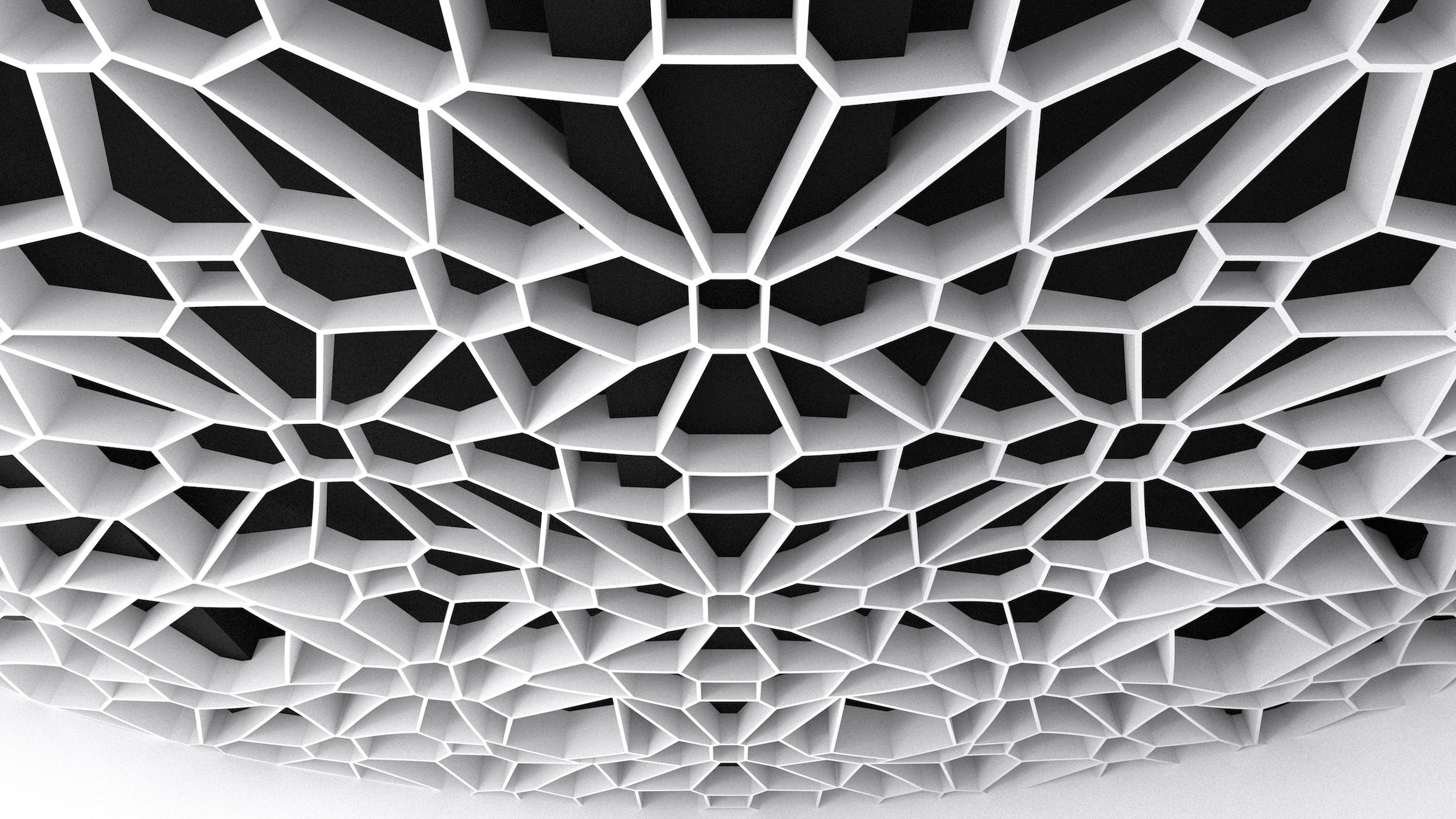Great design needs to be energy efficient too.
That’s the way Margie O’Driscoll, executive director of the American Institute of Architects San Francisco (AIASF) chapter, sees it.
So for the second consecutive year, AIASF and Pacific Gas and Electric are sponsoring a competition to explore the possibilities for zero net energy (ZNE) building designs.
ZNE buildings produce as much clean energy as they use during a year through a combination of designed energy efficiency and on-site, grid-tied renewable energy production.
“California has ambitious energy goals,” she says. “By 2020, all new residential buildings have to be zero net energy, and by 2030 all new commercial building will have to be.”
AIASF’s competition is equally ambitious. It’s focused on a new campus for nearby UC Merced, nestled at the foot of the Sierra Nevada Mountains.
“It’s an agrarian landscape in one of the most fertile areas in the world, surrounded by fields of cattle grazing,” she says. “There’s already an ultra-modern, high tech campus there, and this competition is for Phase II.”
The competition, open to students and professionals alike, seeks ZNE designs for housing for 1,400 student beds, a recreation center, an aquatic center, a dining facility, an administrative building and basketball courts.
Entries will be juried by Bob Berkebile, Principal, BNIM Architects; Ed Mazria, Founder, Architecture 2030; Alison Kwok, Professor, University of Oregon; and Stephen Selkowitz, Program Head, Building Technologies Department, Lawrence Berkeley National Laboratory.
Open through Oct. 1, the competition carries a $25,000 prize, to be distributed as the jury sees fit. Winners will be announced on Oct. 24.
Last year’s competition fielded 17 entries, but O’Driscoll anticipates as many as 100 this year.
To enter, go to http://architectureatzero.com/
[slideshow id=667]

